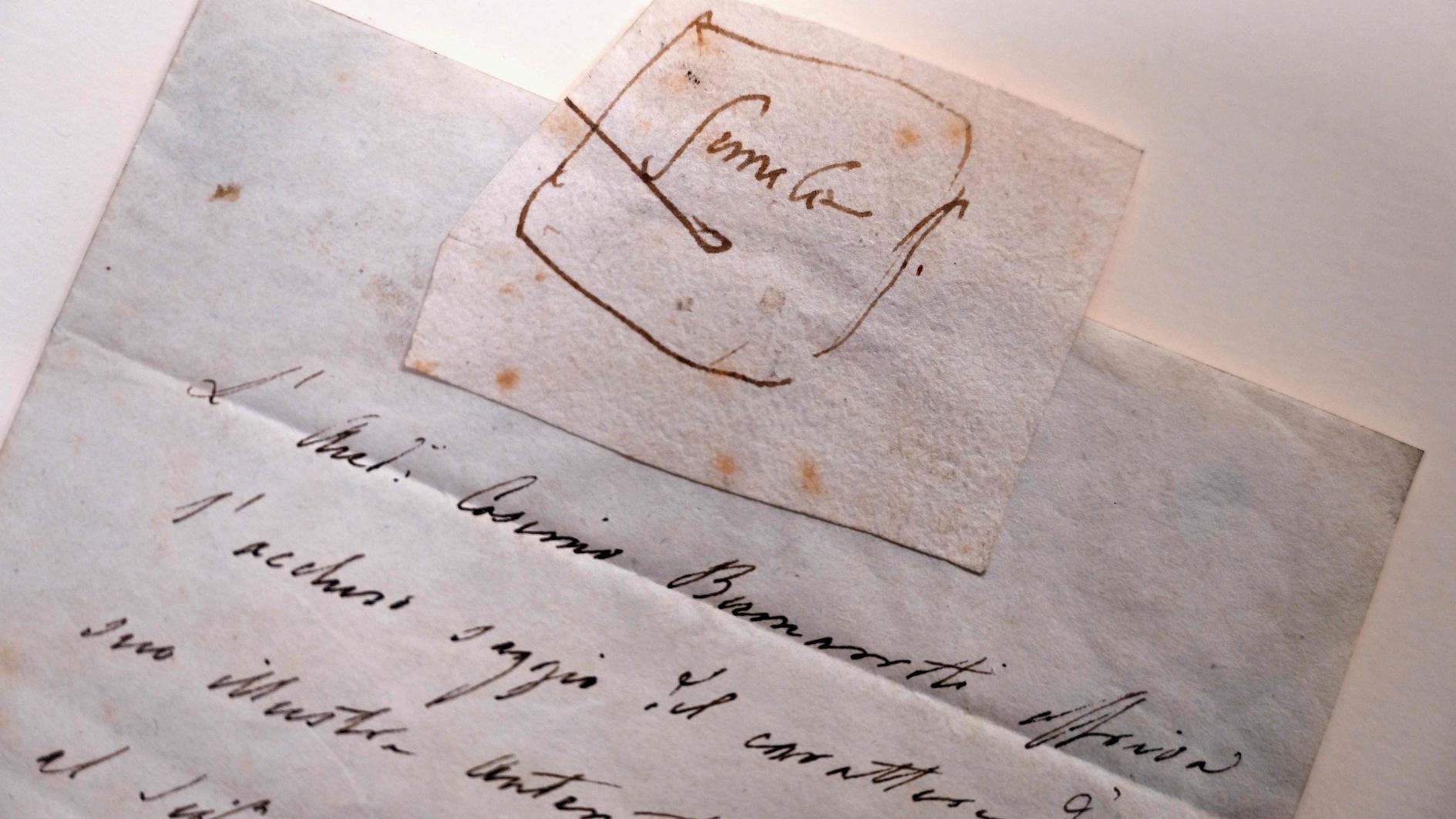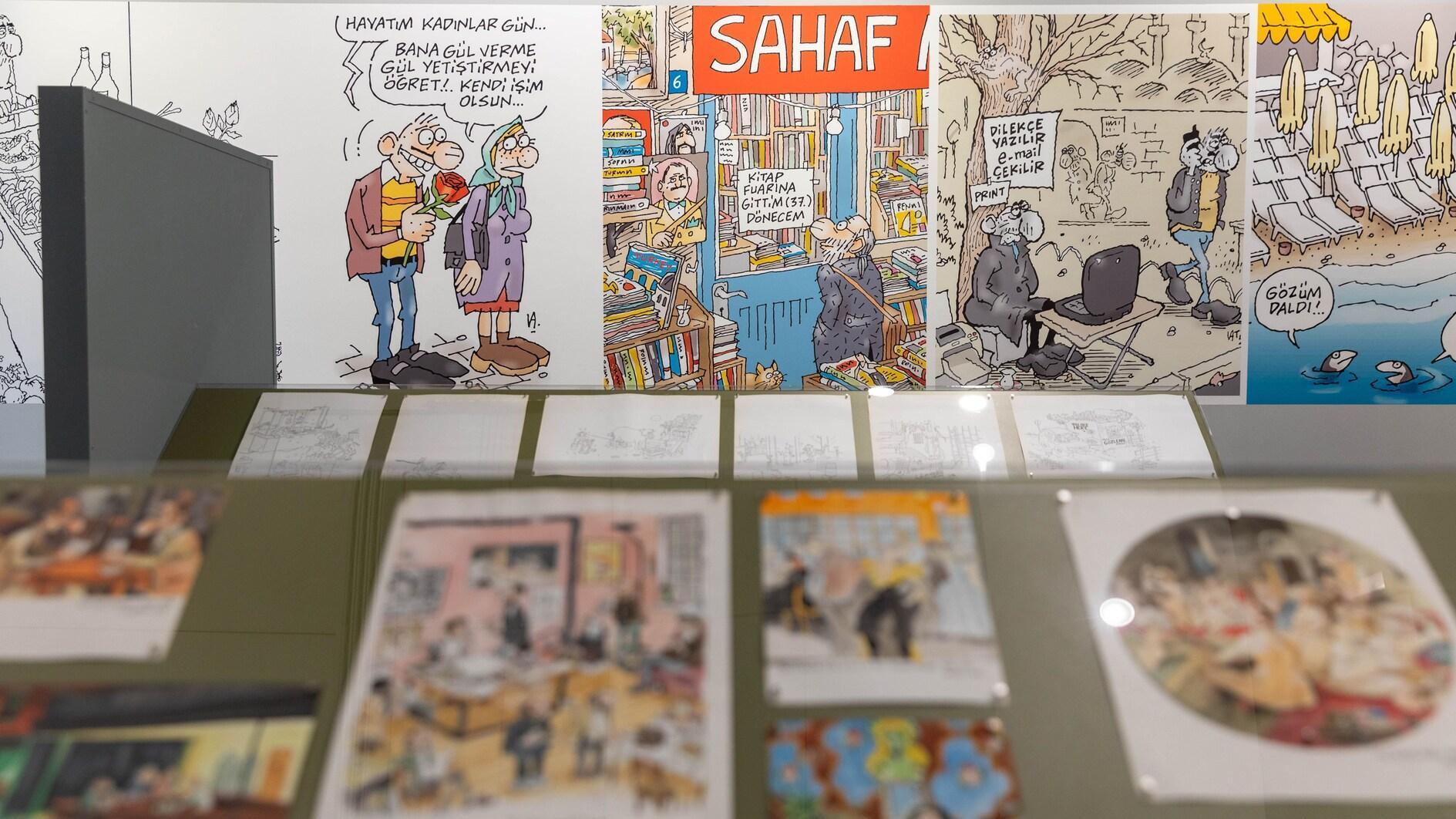The Russian push in Syria
NATO Secretary-General Jens Stoltenberg expressed concern on Feb. 29 about the “Russian military build-up in Syria.”
As the Russian Defense Ministry tries to divert attention to “Turkish military preparations along the Syrian border” - that is, within Turkey’s own territory - NATO is pointing out a possibility that might ruin the “cease of hostilities” deal struck between Moscow and Washington.
Stoltenberg has a point. Russia had already sent a considerable air force presence to Syria, upgrading its naval base in Tartus and Syria’s Hmeymim air base near Latakia even before a Turkish F-16 shot down a Russian Su-24 over air space violations in late November. The military build-up has only increased since then, and today the Syrian civil war has almost become a weapons exhibition fair in action.
Russian President Vladimir Putin is keen to deploy his military industry’s cutting edge weaponry to Syria for everyone to observe.
The show started when Oniks and Kalibr cruise missiles were fired from Buyan-M class missile corvettes at Islamic State of Iraq and the Levant (ISIL) targets in Syria 3,000 km away. The Buyan-M ships belonged to the Russia’s Caspian Fleet but they were able to cross into the Black Sea by using the Volga-Don canal.
Late in January 2016 Russia also decided to deploy all four of its brand new Su-35 fighters to Latakia. These are considered to be the best fighter jets currently in service, together with American F-22s. Subsequently, four Saudi F-15s were deployed to Turkey’s İncirlik air base, which is one of the main bases of the U.S.-led coalition campaign against ISIL. Then on Feb. 15 it was reported that Russia sent one of its two most sophisticated intelligence-gathering planes to Syria: The Tu-214R plane is like an answer to NATO’s AWACS planes, which are based in Turkey.
Meanwhile, Russia’s two missile destroyers, the Moskva and Varyag, are currently patrolling off of Syria in turns from their bases in the Black Sea. In return, the U.S. rotates Perry-class missile destroyers off of the Turkish coast. Mosvka and Varyag carry S-300 missiles, while Russia has announced that it will deploy new S-400 missiles to its Hmeymim base - using the pretext of a possible attack from Turkey.
On paper, the U.S. and Russia are cooperating against ISIL and the al-Qaeda affiliate al-Nusra in Syria. But on the ground there is a dangerous escalation of tension between the U.S.-NATO and Russia-Iran alliances in the Middle East and the East Mediterranean.
The weakest link in this chain could be the Kurdish militia belonging to the People’s Protection Units (YPG), the military wing of the Democratic Union Party (PYD), which is the Syrian sister of the outlawed Kurdistan Workers’ Party (PKK) in Turkey. Because U.S. President Barack Obama does not want to send ground troops into Syria, (taking the bitter lessons of Afghanistan and Iraq), the U.S. needs the YPG as a ground force (which risks upsetting Turkish President Tayyip Erdoğan). Turkish heavy artillery, which had been pounding YPG and Syrian army positions in “reciprocal fire,” stopped after the beginning of the “cease of hostilities” from midnight on Feb. 27 onward. However, the Turkish military announced that it had hit ISIL positions on Feb. 29 in coordination with the U.S.-led coalition.
Recent statements - not only from Turkey, by also from British Foreign Minister Philip Hammond, for example - show that the PYD-YPG is in a double game with the Russians. While in the eastern areas near the Syria-Turkish border the PYD-YPG is cooperating with the Americans, in the western areas where Turkey is most sensitive the PYD-YPG is cooperating with the Russians. With the latter, it is supporting attacks on anti-Assad opposition groups other than ISIL and al-Nusra.
If the U.S. and the Western alliance fail to stop the PYD-YPG advance, supported by the Russian and Syrian forces along the Turkish border, it is possible that the chain might break at the weakest link. One must not forget “Chekhov’s rule”: If there is a rifle hanging on the wall, it must be fired by the end of the play. Unfortunately, there are many rifles built up around the Turkish-Syrian border nowadays.











